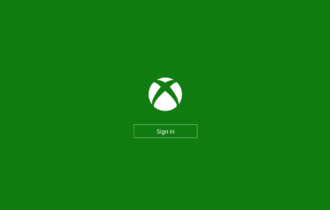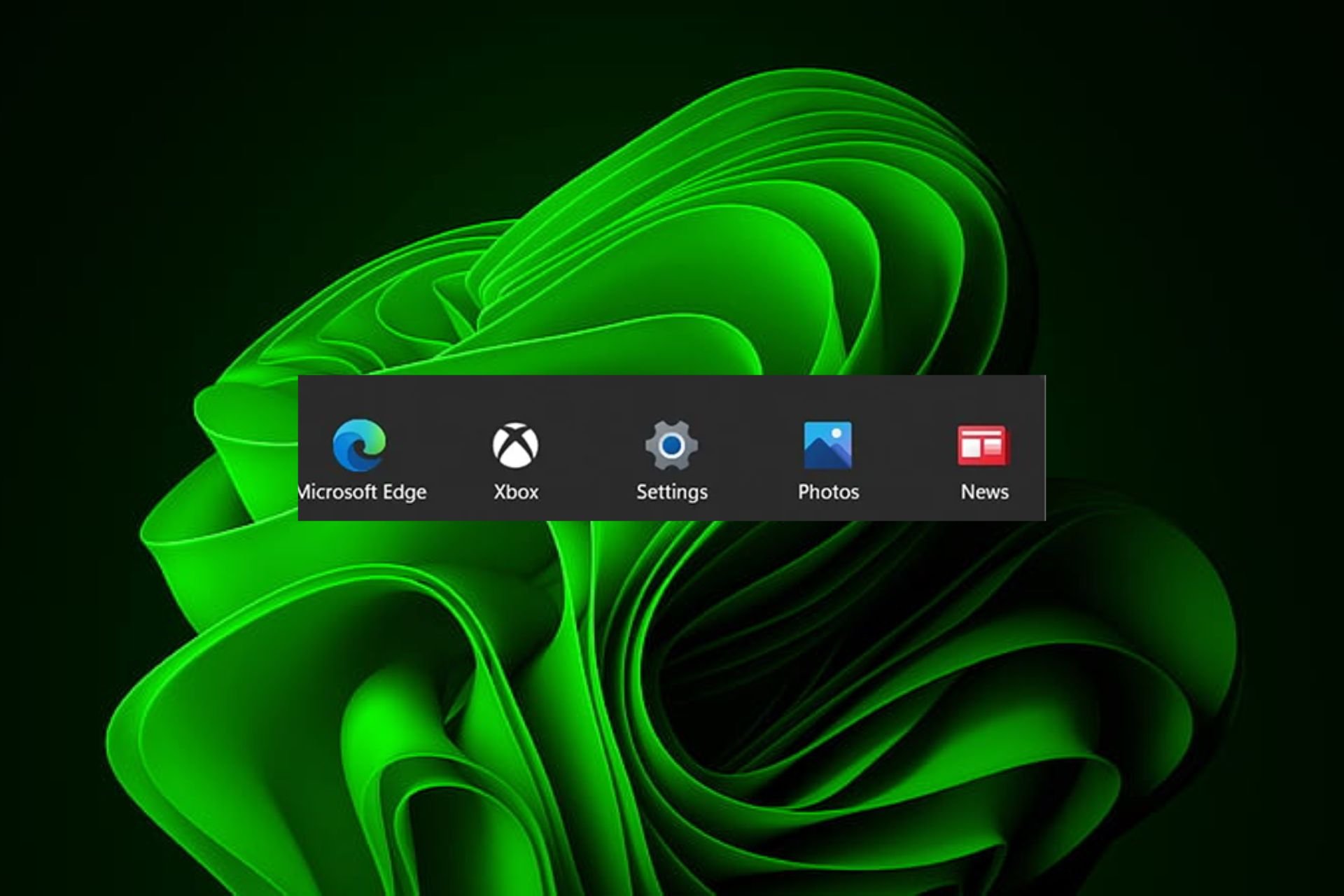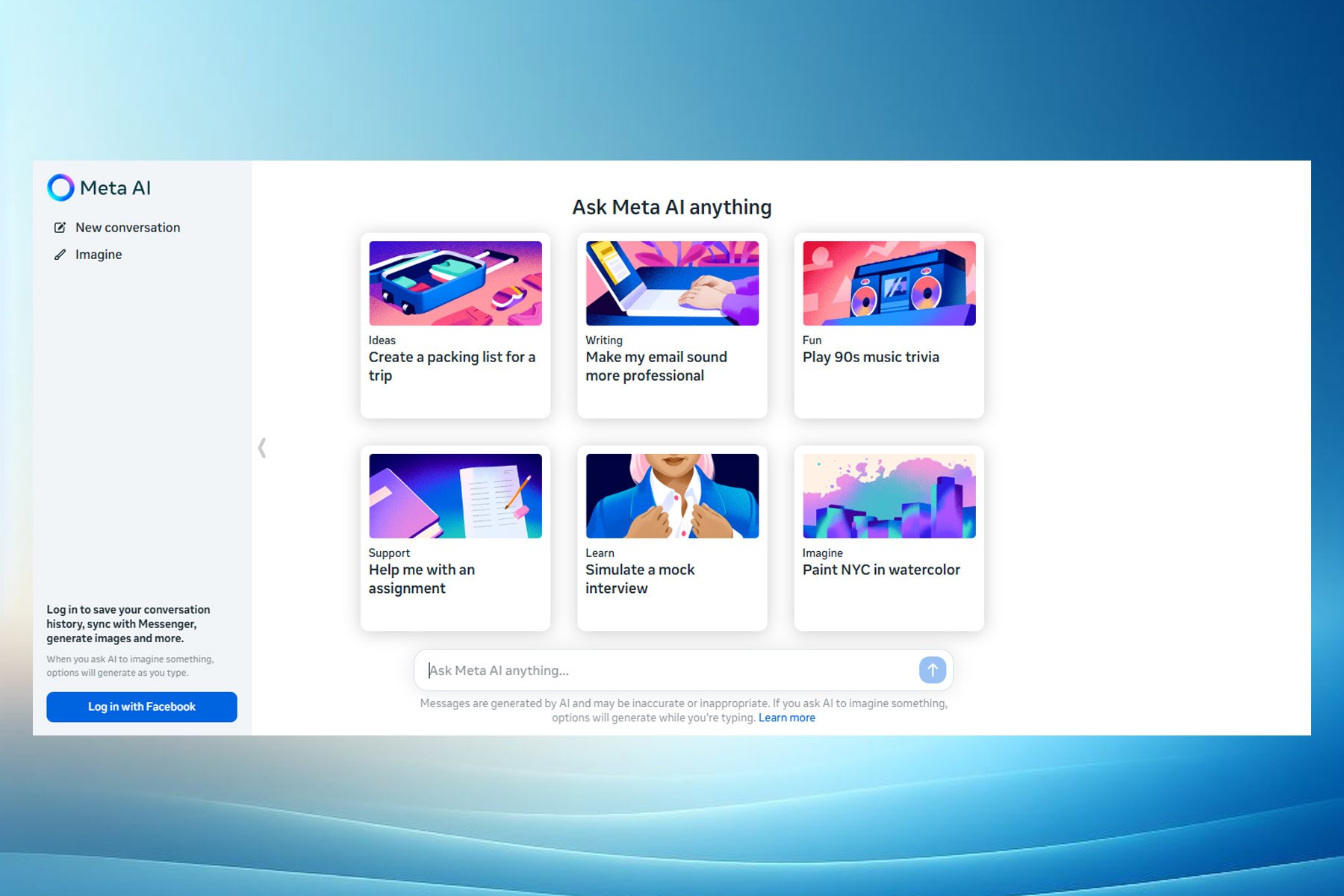SQL Server 2005 extended support has come to an end
2 min. read
Published on
Read our disclosure page to find out how can you help Windows Report sustain the editorial team Read more

We’ve long known that SQL Server 2005 would be coming to an end when it comes to support. Microsoft had decided in the past to give an extended support period, and now that it has ended, time for users to move on to the next best thing.
Support came to a halt on April 12, 2016, which means, users will no longer get updates such as hotfixes and other security improvements to keep the software free from bugs and dangers from the outside.
Microsoft is attempting to encourage users to switch over to SQL Server 2014. Furthermore, those in the enterprise will likely need to seek help from a database expert to help with planning, migration, and other important aspects of moving to a new software.
“Migrating your infrastructure can seem daunting, but it’s imperative for organizations to upgrade to a modern data platform before the support deadline in order to maintain security and compliance. There are a lot of enhancements from SQL Server 2005 to SQL Server 2012, but if you are going to go through an upgrade, I suggest taking advantage of the technology with a proven methodology,” according to Ali Din, CMO at cloud infrastructure company dinCloud.
SQL Server 2005 to SQL Server 2014 is a massive upgrade. The changes here could be a distraction for some, which is one of the reasons enterprise companies tend to use a single software version for years, even when newer versions have been released.
Switching over to a new software is not cheap, and the same can be said for educating the workforce to use this new software. However, the good outweighs the bad because a software that is no longer updated can serious destabilizing problems, and no company wants to travel down that route.
Learn more about Microsoft’s ending of SQL Server 2005 support along with ways to migrate to a different option via the Microsoft website.








